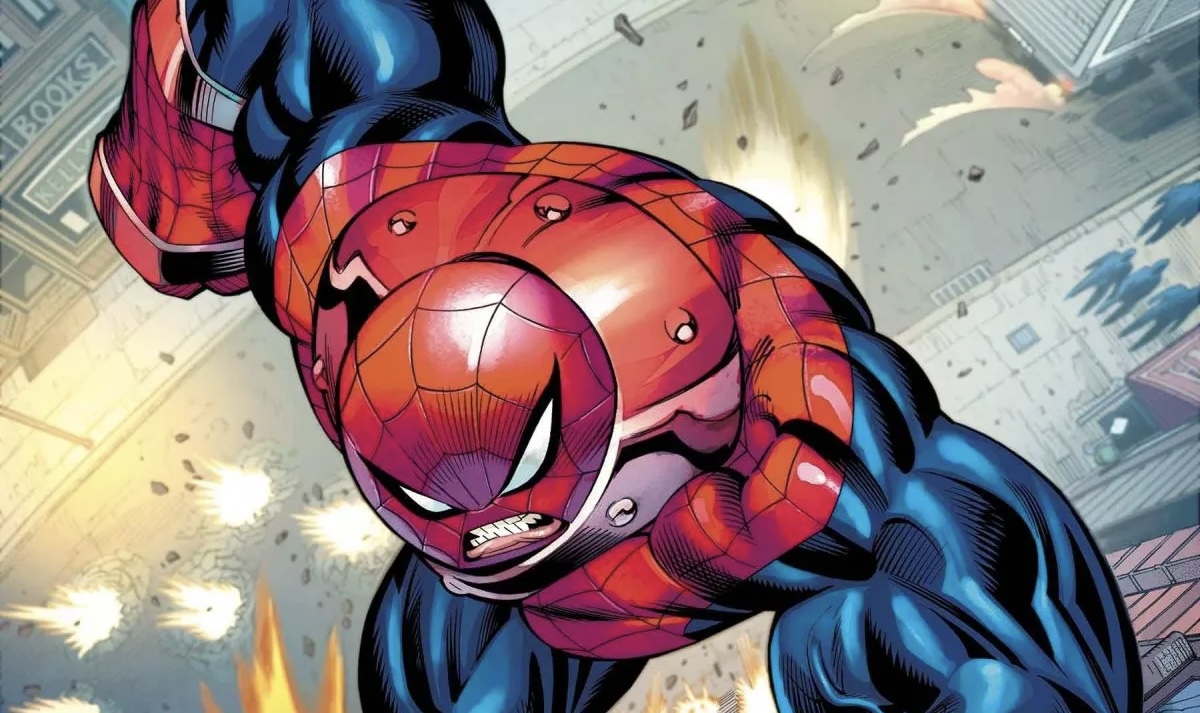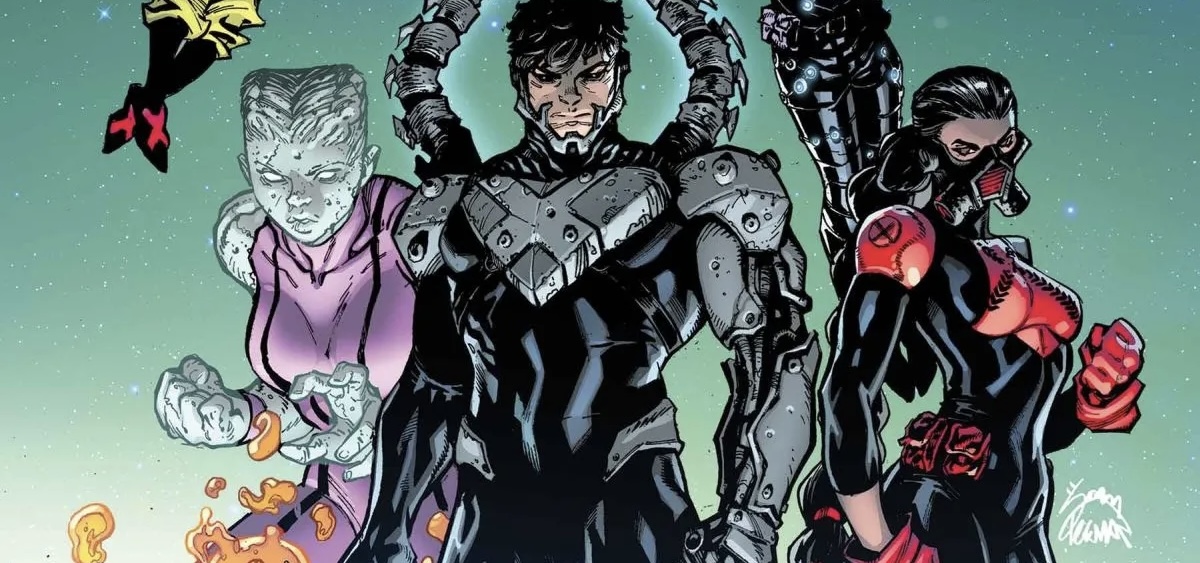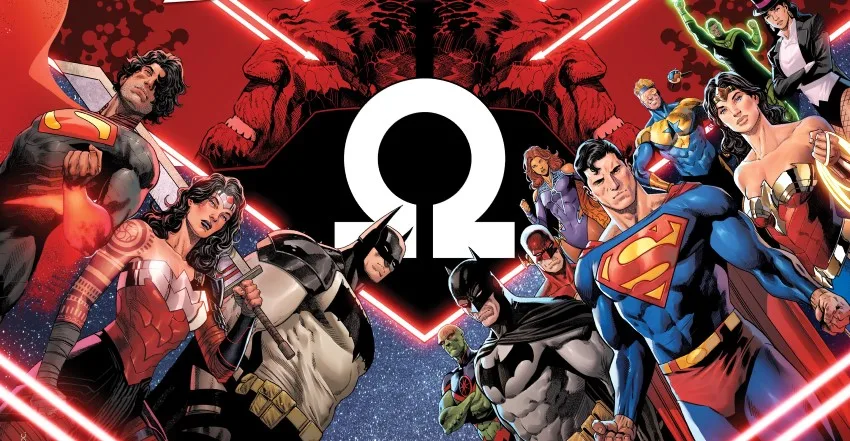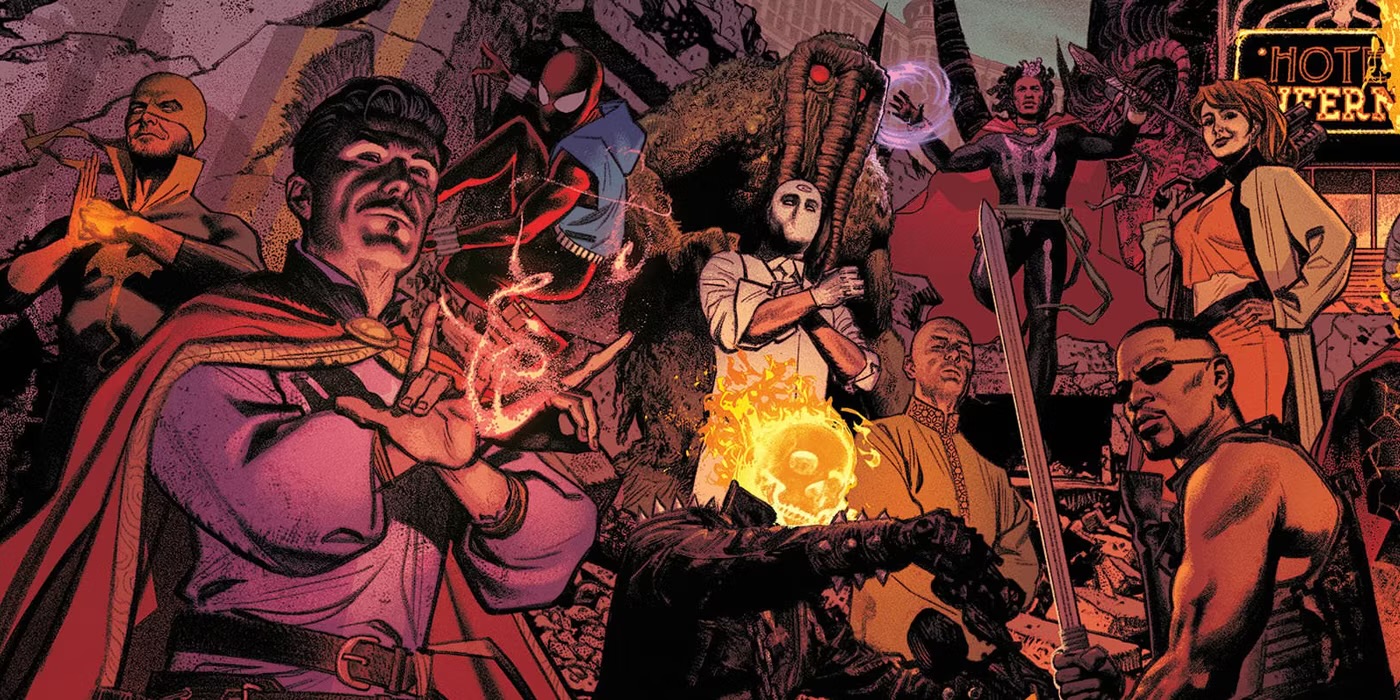As The Amazing Spider-Man #70 brings The Eight Deaths of Spider-Man to a close, it leaves behind a mix of emotions—frustration at the arc’s inconsistencies, admiration for its artistic execution, and most importantly, hope for the future of the title. Joe Kelly, stepping in as the new creative force behind Peter Parker’s journey, delivers a finale that, while imperfect, significantly elevates the story as a whole. However, the real standout of this issue is Ed McGuinness, whose art reaches new heights, setting an electrifying precedent for what Spider-Man comics should aspire to be.
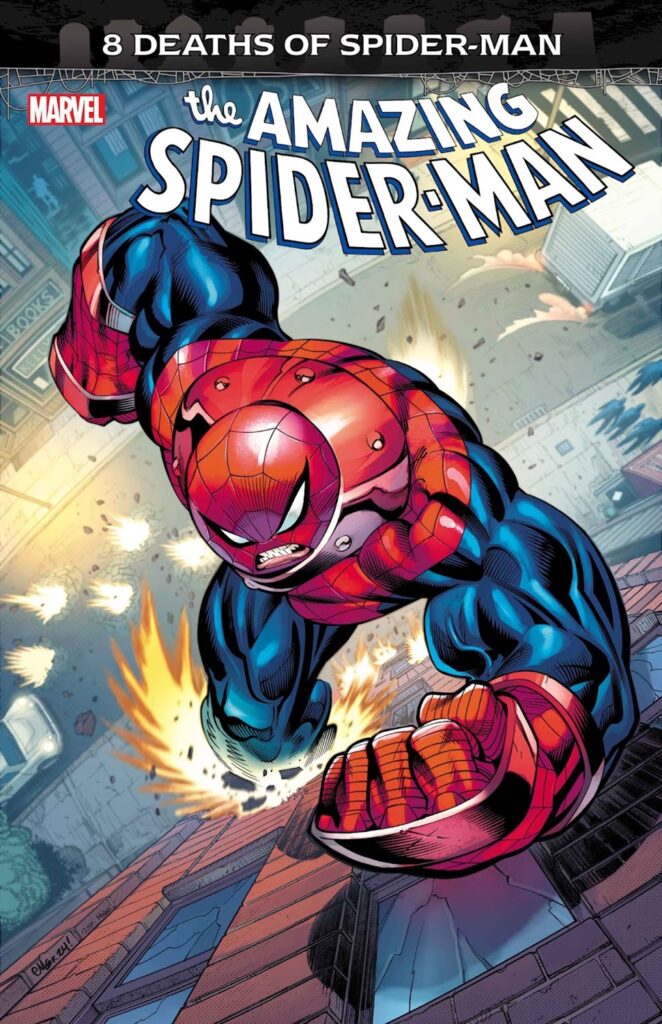
From a narrative standpoint, The Eight Deaths of Spider-Man has struggled with its own weight. Themes of perseverance, cynicism, and self-doubt have been explored, but often in ways that felt repetitive rather than revelatory. Too much of the arc lingered on Peter brooding rather than actively engaging with the challenges before him. The confrontation with Juggernaut, which initially promised a compelling dynamic, was left underdeveloped, while Cyttorak—the mystical force behind it all—lacked the depth needed to make his role in the climax emotionally resonant. Despite these shortcomings, the issue manages to bring everything together in a way that lands much stronger than expected.
What ultimately saves the finale is its central message: Spider-Man doesn’t win through sheer force but through unwavering pathos. The Blight, a manifestation of negativity and despair, is overcome not by Peter’s fists but by his resilience, a moment that speaks to Kelly’s understanding of what makes Spider-Man endure as a character. This sequence, more than anything else in Eight Deaths, reassures readers that Kelly has a clear vision for Peter Parker moving forward—one rooted in his humanity rather than spectacle alone.

Unlike many comic book finales that erase consequences to reset the status quo, The Amazing Spider-Man #70 does the opposite. Kelly allows the events of the arc to have lasting ramifications. Peter’s relationships, particularly with Shay and Felicia Hardy, remain intact yet altered, reflecting a sense of growth rather than a return to square one. More importantly, Peter takes full accountability for his struggles. There’s no convenient external excuse to explain away his failings—only an acceptance of responsibility and a determination to move forward. This approach is refreshing, particularly in a series that has often relied on external factors to justify Peter’s hardships rather than allowing him to truly evolve.
Of course, no discussion of this issue would be complete without highlighting Ed McGuinness’ breathtaking artwork. Over the course of this run, McGuinness has delivered some of the most visually striking Spider-Man pages in recent memory, but this issue may be his finest yet. His dynamic panel layouts, kinetic action sequences, and expressive character work create an immersive experience that elevates even the weaker elements of the story. Alongside inkers Mark Farmer and Cliff Rathburn, McGuinness crafts a world that feels larger than life while still grounded in the emotional core of Peter Parker’s journey.
The visual storytelling in this issue evokes the same sense of exhilaration that Spider-Man fans experience while swinging through New York in Insomniac’s video game adaptations. There’s a fluidity to the motion, a weight to every punch, and a tangible sense of impact in every frame. McGuinness balances grand spectacle with intimate character moments seamlessly, making this not just a satisfying conclusion to the arc, but a defining artistic statement for the series as a whole.
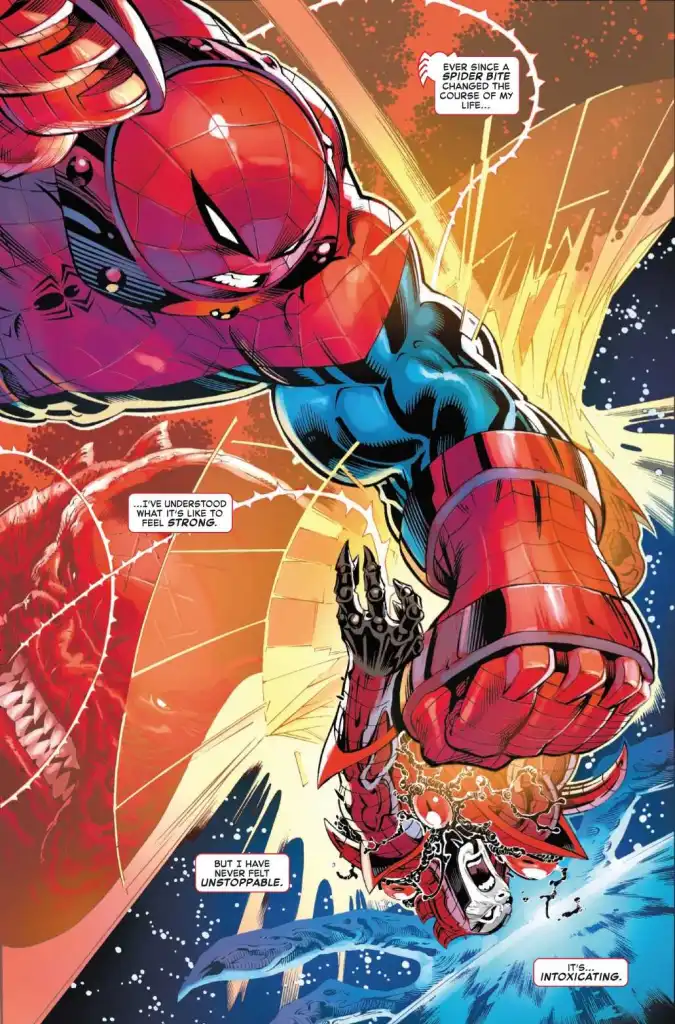
Despite the missteps of The Eight Deaths of Spider-Man, The Amazing Spider-Man #70 delivers a finale that is stronger than the sum of its parts. Joe Kelly brings the story to a close with a reaffirmation of what makes Peter Parker one of the most enduring heroes in comics: his ability to rise above even the darkest moments. Meanwhile, McGuinness’ work sets a new benchmark for Spider-Man visuals, proving that big-budget superhero storytelling should aspire to this level of craftsmanship.
As this chapter ends, a new era begins—one that, thanks to this issue, carries a sense of excitement and optimism. If Kelly and future artists can build on the foundation set here, then perhaps The Amazing Spider-Man is finally swinging toward a brighter future.

